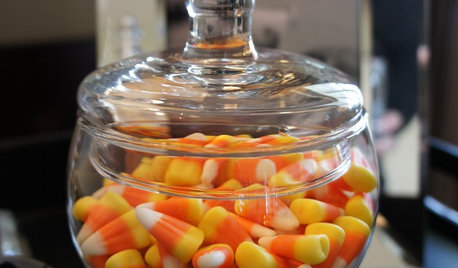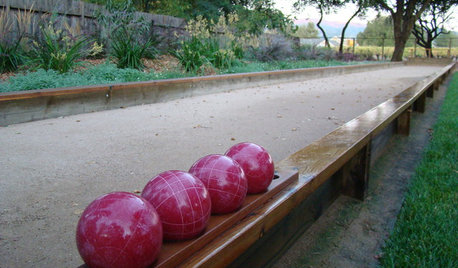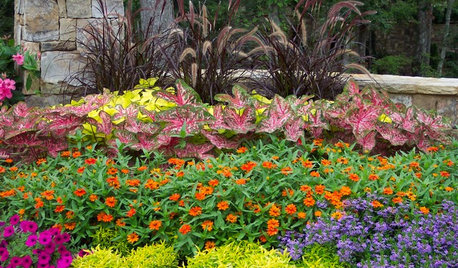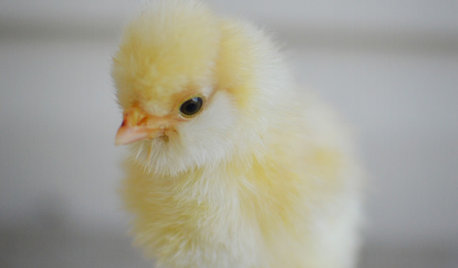Whats this corn
chao
15 years ago
Related Stories

SUMMER FRUITS AND VEGETABLESHow to Grow Your Own Fresh, Sweet Corn
Here's how to plant and care for your own mini cornfield
Full Story
ORANGEInspired by Halloween: Candy Corn Color Palettes
The iconic orange, yellow and white Halloween candy suggests sunny colors for every season
Full Story
WORKING WITH PROSWhat Do Landscape Architects Do?
There are many misconceptions about what landscape architects do. Learn what they bring to a project
Full Story
KITCHEN DESIGNHouzz Call: What’s Cooking in Your Kitchen?
Most of us turn to recipes, videos and culinary shows when we cook. Where do you set your cookbook, tablet or TV screen?
Full Story
GARDENING GUIDESHouzz Call: What’s Your Favorite Backyard Beauty?
The simple, honest daisy is this writer’s go-to garden flower. We want to hear which plant, flowering or otherwise, gives you special joy
Full Story
GREAT HOME PROJECTSWhat to Know About Adding a Backyard Bocce Ball Court
A regulation court in a relaxed setting helps you get the most from the Italian pastime. Here's what it takes to build one at home
Full Story
REMODELING GUIDESYou Won't Believe What These Homeowners Found in Their Walls
From the banal to the downright bizarre, these uncovered artifacts may get you wondering what may be hidden in your own home
Full Story
GARDENING GUIDESWhat Are Your Spring Gardening Plans?
Tearing out the lawn? Planting edibles? Starting from scratch? Tell us what you plan to change in your garden this year
Full Story
GARDENING GUIDESTexas Gardener: What to Do in July
Beat the heat with sun-loving blooms, pest control, good lawn care and sun protection. Pick up the pace for planting and planning
Full Story
PETSWhat You Need to Know Before Buying Chicks
Ordering chicks for your backyard coop? Easy. But caring for them requires planning and foresight. Here's what to do
Full StorySponsored
More Discussions






Okiedawn OK Zone 7
chaoOriginal Author
Related Professionals
70037 Landscape Architects & Landscape Designers · Carson Landscape Architects & Landscape Designers · Richmond Heights Landscape Architects & Landscape Designers · Clayton Landscape Contractors · Cliffside Park Landscape Contractors · Haverhill Landscape Contractors · Louisville Landscape Contractors · Oxnard Landscape Contractors · River Ridge Landscape Contractors · Rochester Landscape Contractors · Wheat Ridge Landscape Contractors · Hawaiian Gardens Landscape Contractors · Fredericksburg Decks, Patios & Outdoor Enclosures · Verde Village Decks, Patios & Outdoor Enclosures · Highland Decks, Patios & Outdoor EnclosuresMacmex
chaoOriginal Author
Okiedawn OK Zone 7
shekanahh
Okiedawn OK Zone 7